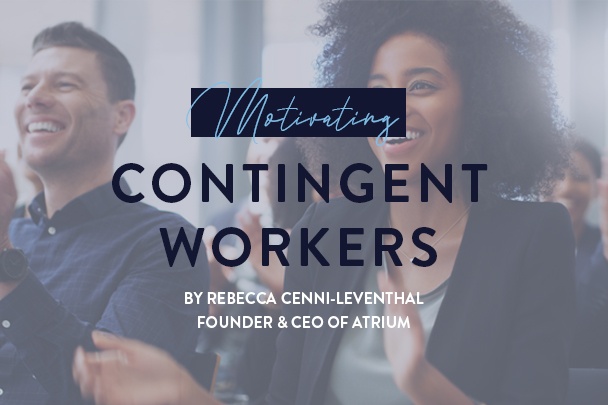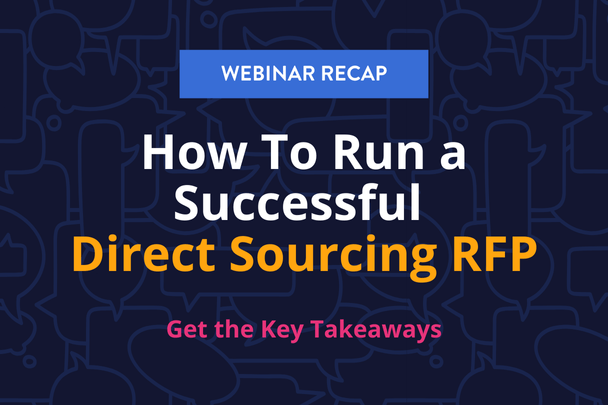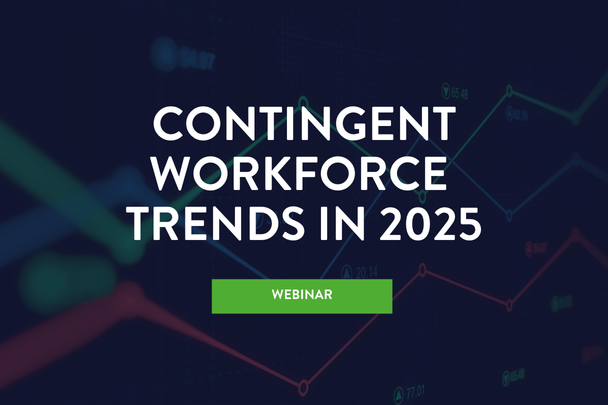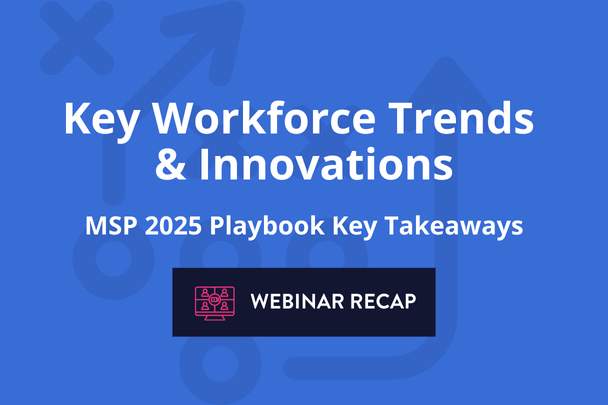The people who make up your extended workforce are not just interchangeable parts to a larger machine. Just as your employees need more than a paycheck to get up and give their best for your brand, the same holds true for contingent workers. But how do you get the best out of contingent workers? How do you inspire them to represent your brand well?
As some of you know, this topic is important to me. I care deeply about the candidate and employee experience and, as you’ll see below, these things are deeply intertwined with keeping workers of any classification motivated and productive.
Benefits of hiring contingent workers
Organizations tap into the contingent (or extended) workforce for a variety of reasons. It gives employers the ability to navigate economic uncertainty because they can scale up their workforce to do important work without shouldering the risk and expense of permanent hires. Alternatively, your organization may know it only needs access to a certain skillset for a limited period of time. Leveraging your extended workforce of contingent and contract talent in these ways can help you grow your business and control costs.
Why an increasing percentage of talent is increasingly beginning to prefer contingent work
The modern workforce includes a growing percentage of talent who are beginning to prefer contingent assignments over traditional full-time employment arrangements. There are many factors driving this trend including increased flexibility, the chance to explore different industries, work with various teams, and acquire new skills along the way. However, these contingent workers also want work experiences that make them feel connected to the company they are working with, and just as valuable to the organization as their full-time counterparts.
How to motivate and manage contingent workers
Just like your full-time employees, those who make up the extended workforce are less likely to quit, make fewer errors, and take less sick time when they are motivated and engaged at work. As more and more organizations wake up to the strategic impact of contingent labor, learning how to keep them excited and committed will become ever more important to achieving your business goals.
However, from a compliance perspective, you must engage contingent workers differently than your full-time employees. There’s layers of regulatory and legal issues that prevent you and your staffing partners from implementing the same types of programs that you might use for full-time employees. It’s called co-employment and you need to manage that risk. Make sure you know where the line is and, in case you don’t, connect with your legal counsel to get advice on the topic.
1. Make clarity a priority from the start
In order to be effective at even the most basic level, contingent workers need clarity from day one. Without a clear understanding of what they are there to do, how to do it, and who to ask for help from, you’re going to have big problems from the get-go.
Here’s just a few examples of information you’ll want to make sure contingent workers have before they begin work at your organization:
- Well-defined job descriptions (responsibilities, duties, goals, etc.)
- Expected (but not guaranteed!) length of assignment
- Policies of both the agency and the client that workers must adhere to
- Reporting structure within client and agency organizations (i.e., who will give them direction, who to ask help from, who to report problems to, etc.)
- Establishing an understanding of the client’s culture and brand
To do this right, you’ll want to make sure you’re working with a staffing partner that understands this too and is on the ball when it comes to these details. At Atrium, we spend a lot of time and effort during the onboarding process for the extended workforce.
2. Keep lines of communication open across stakeholders
Keeping anyone engaged and focused on doing great work means making communication a priority. Make sure your managers are continually checking in with contingent workers under their supervision to give (and GET) feedback. When you do this right, engagement and performance will rise.
Again, your talent solutions partner has a crucial role to play. When a contingent worker has concerns about their treatment or practices they witness on the job, they need some way of reporting that. For full-time employees (FTE) that would be your organization’s HR department. For non-FTEs, you need to make sure that your staffing partner has a strong process and an open door policy for HR-related concerns that might arise during their assignments. At Atrium, we know this is huge. We make sure talent and the client know who to talk to when they have questions or concerns.
Good communication doesn’t only improve engagement and performance, it also helps contingent workers feel safe and heard. This is something we should all be supporting.
3. Create great experiences for contingent workers
Let’s kick things up a notch! This is where your organization can really stand out to high-quality non-FTE talent. Just the same as when you invest in great experiences for full-time employees, investing in the non-FTE experience will make sure the best, most qualified people will keep coming back to your organization. I saw the importance of creating genuine experiences for the extended workforce when I started the business more than 25 years ago.
My people see it all the time where an employer creates great moments for their contingent workers, they fall in love with the brand, and often become fiercely loyal full-time employees. So how do we do that?
- Bring humanity to all touchpoints from the first conversation with the agency recruiter to the last day of the assignment on site. Ask yourself, does this part of the process make someone feel like we care about them as a person?
- Invite them into your culture (celebrations, traditions, social events, etc.)
- Make time and space for a little pampering and appreciation for contingent workers. This doesn’t mean you have to break out the caviar and champagne, but spontaneously bringing in lunch or coffee for everyone goes a long way.
- Keep track of birthdays and recognize them
- Give out (high-quality!) swag
- Write personal thank you notes to recognize good performance
- Start a “thank a contractor day” to celebrate everyone in the extended workforce
4. Provide opportunities for growth
Whether contingent workers wish to remain in the extended workforce or transition to jobs as permanent employees, they’re all hungry for development opportunities. We’re living in a skills based economy after all! That means people appreciate any opportunity to grow and develop their skills for the future.
- If possible, try to create pathways to full-time roles (for those who want them)
- Share opportunities for skill-building/career development
- Teach and model your company values for contingent workers so they can absorb them and live them out for your customers
What motivates contingent workers?
Contingent labor and the extended workforce as a whole are gaining in strategic importance every day. In the next decade, companies that learn how to best leverage this alternate source of talent will have a significant competitive advantage over their industry peers. How do we get the most out of contingent workers? Focus on the human element! Create experiences that keep the best talent coming back for more. Finally, work with a staffing partner that gets it and wants to elevate the talent experience too.











